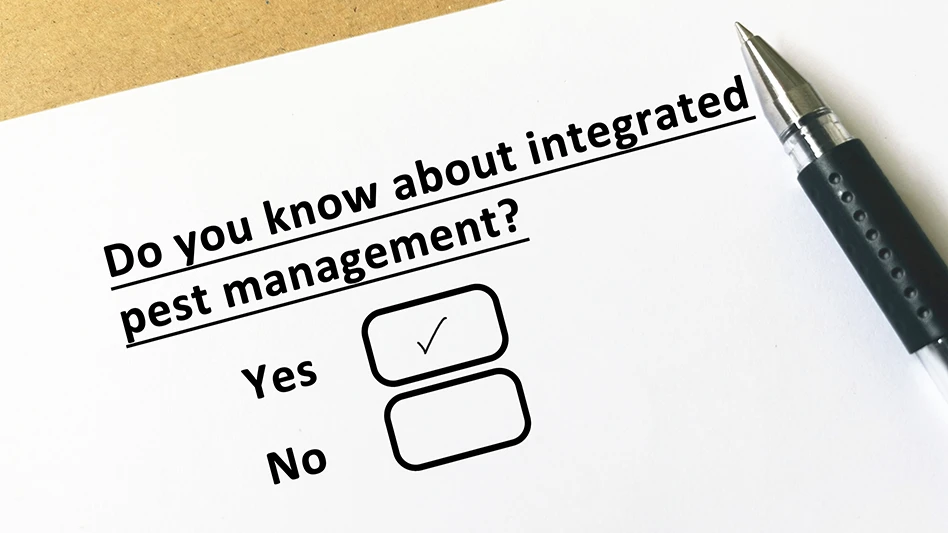
In this era of HACCP and HARPC, the prerequisite program known as Integrated Pest Management (IPM) assumes a new preventive emphasis in the food protection program. The well-documented significance of pests as disease vectors and regulatory evidence of insanitation in food processing plants increases the harm caused by a reactive pest control approach. Hiring the cheapest pest control service provider merely to harvest insects and rodents is not always the most responsible fiscal decision a food processor can make.
Pest control operators who view themselves as the “rat killer” or the “bug man” are completely missing the point. The food industry does not need to hire an outside professional to check traps and report body counts. What is needed is a pest prevention service that will work with the in-house food protection team to minimize food contamination risks caused by pests. Written and verbal communication skills, expertise regarding the biology and habits of pests and an appreciation of food manufacturing and product protection are required to reduce current pest activity in regulated food plants and to develop proactive tactics for future threats.
A value-added service that pest control contractors should provide food manufacturers is the inspection point program. Inspection points are physical locations in and around the plant that have been identified (via a risk assessment) as a potential hotspot for pest activity or a vital control location that, if left unmanaged, could lead to food contamination by pests. An inspection point program is unique to each manufacturing site and must be part of the documented preventive pest control plan.
Pest control contractors should consider the following when establishing inspection points:
- Inspection points must be barcoded. A wall, roof, trash-handling area, production department, column, piece of equipment or similar discrete geographic area could be an elevated risk for pest activity, and that requires frequent appraisal. Barcoding ensures the service technician will investigate these known hotspots (not just the pest traps) on a defined schedule and record his or her observations and recommendations.
- In addition to fully documenting any interventions performed at this location (hence the barcoding), the service technician needs to inspect for and identify pests found at this location (and document their activity level); signs of pest activity such as insect trails, rodent gnaw marks or other evidence; and conditions favorable to pest activity at each inspection point (pest-proofing opportunities). Then, the technician should provide the food safety team with recommendations to correct current issues and prevent future pest activity at this hotspot.
- Barcoded inspection points must be numbered in sequence and their location identified on a plant schematic to allow effective follow-up and trending.
- At the next service, any inspection point corrective action by plant staff must be verified in writing by the pest control technician that made the original observation. Rationales for unaddressed corrective actions must be documented/clarified by plant staff and will remain in the pest control record until corrected or justified by the food protection team.
Latest from Quality Assurance & Food Safety
- Chef Robotics Introduces Pat-Down Capability for Meal Presentation and Sealing
- USDA Launches Regenerative Pilot Program
- Indoor Ag-Con Adds Food Safety Track to Conference Lineup
- IDFA Recognizes Federal Officials for Support of U.S. Dairy Industry
- Tetra Pak Acquires Bioreactors.net
- Fresh Del Monte Receives Rabobank Leadership Award
- São Paulo Earns Guinness World Record for Largest Municipal Food Security Program
- KPM Analytics Releases Ready-to-Use NIR Calibration Packages





